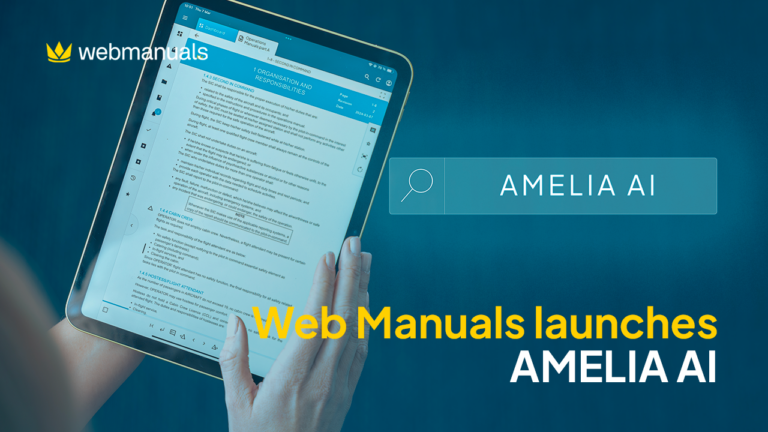There is a new very important EASA regulation for airlines that came into effect on July 9, 2019. Since the changing regulations have come into effect, EFB users have been particularly affected.
The EFB operators risk grounded operations at worst. Or at least, having to revert to paper copies if they fail to comply. Accordingly, paper documents are unlikely to be up to date in airlines and operators.
EASA Regulation Incorporates ICAO Standards
The changing EFB regulation in question, EU 2018-1975, has been effective from 9 July 2019. Meaning they will at least have to have filed the application for approval under the new regulation with their competent authority.
This new EFB regulation is largely targeting CAT (Commercial Air Transport) operators. CAT operators are those who hold an operational approval for EFB Type B apps. In the past, the requirement was to hold approval for EFB devices (iPad or tablet). The new rule aims the software, requiring to ensure compliance with the standards of ICAO. Thus, EASA has incorporated the standards and recommendations from ICAO into the regulations. Hence it is now mandatory to comply with. In essence, what this has changed from 9 July is Part-Ops and Part-CAT.
Challenges with Changing EFB Regulation
Some of the challenges regarding these changing EFB regulation changes are, of course, that compliance required. Missing the deadline risk, as stated above, could also result in grounded operations or to be compelled to revert to paper copies and flight bags. That’s one of the biggest challenges in aviation — to remain compliant in an ever-changing regulatory climate.
The second challenge, before actually being compliant, will be the need to clarify your obligations to the authorities. Inevitably, there are different requirements depending on the type of operation and what you are entitled to do. Also, it is important for compliance managers and the quality departments of companies to ensure a software transition between the non-approved operations to holding an approval for EFB software.
This means referral to not just Web Manuals as the document app but also to flight planners and some other EFB apps.
In total there were 824 single requirements added into the regulation spread across different sub-parts as mentioned above. What was in place before was not mandatory, it was the AMC 20-25. Hence, now the new regulation is mandatory.
So, in essence, a risk assessment needs to be performed and include all means of compliance into the documentation for the changing EFB regulations. The risk assessment requires a new procedures manual that will include the organization’s EFB policy as a consolidated document.
Once done, the affected operators are required to file the application with their competent authority to get operational approval. The airline will have to comply by proving that they filed the application by July 9 before the approval is provided in the case of a ramp inspection.
To learn more about how EFB works, watch our latest webinar on the Web Manuals EFB Application.
Author: Santiago Mesa, Sales Executive — Aeronautical Engineer, Web Manuals




